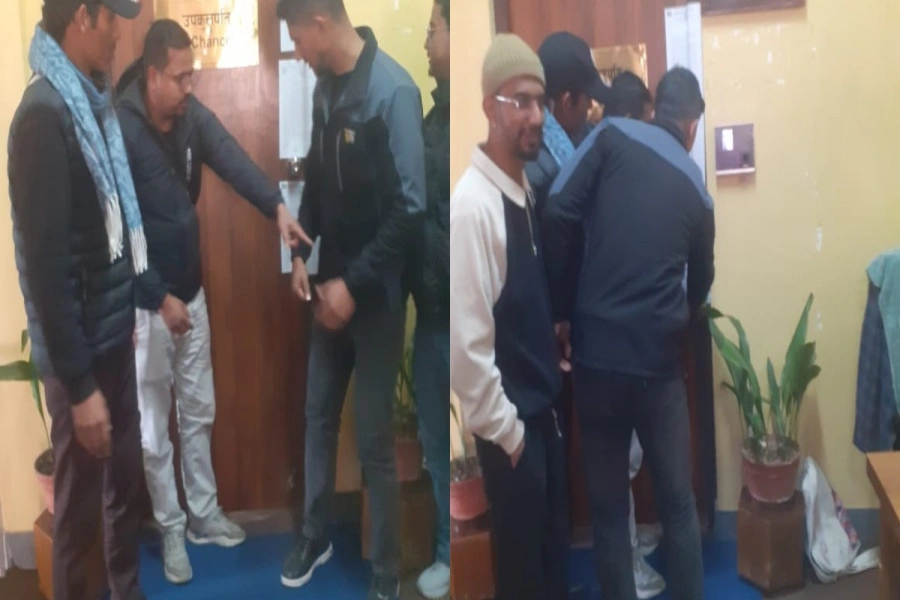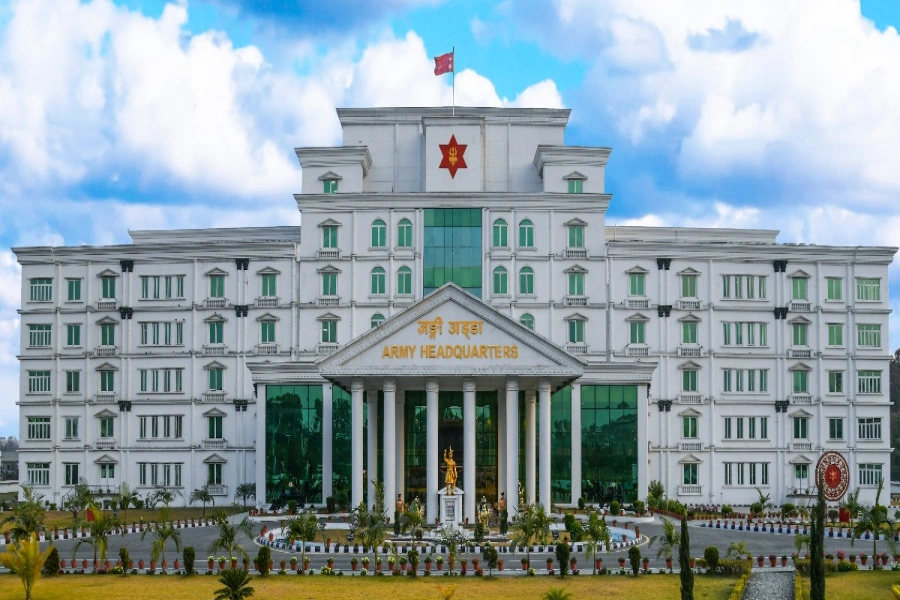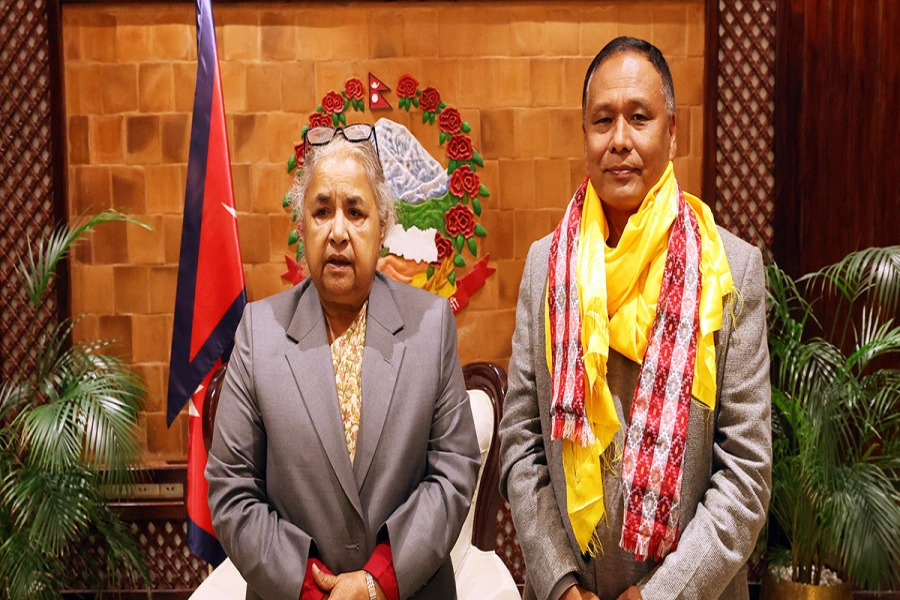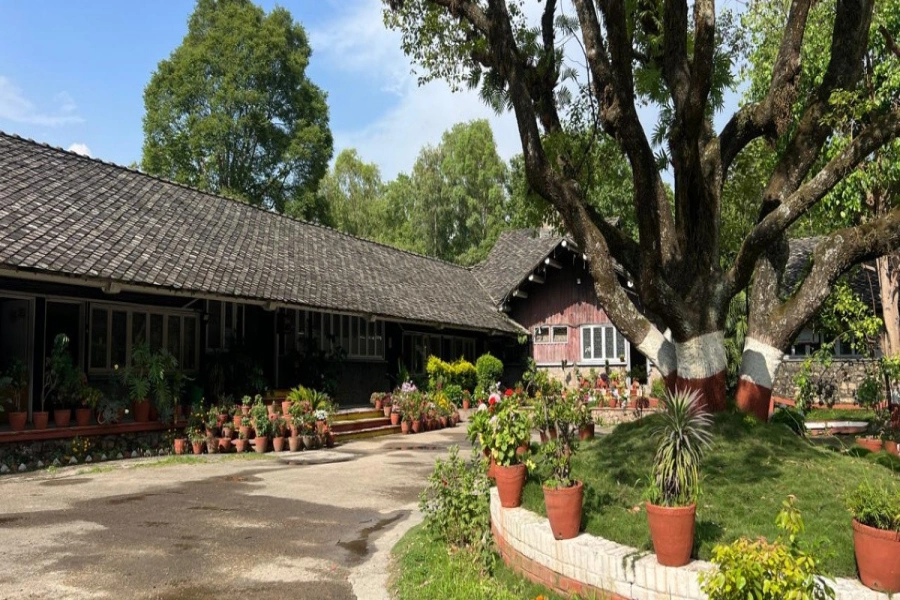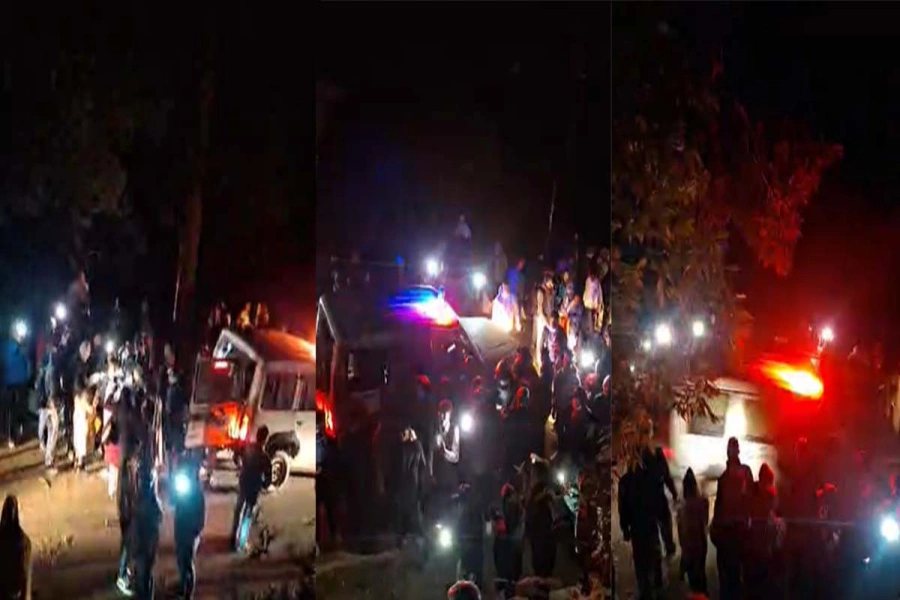We once studied global warming and climate change as chapters in our school books, but sooner than we imagined, this has turned into a reality. Nepal is a Himalayan country and the Himalayas are the most sensitive region to climate change, which makes us Nepalis extremely susceptible to catastrophes of climate change.
Mr Khadka, a man in his late forties lived with his family in Melamchi Bazaar of Sindhupalchowk district, Nepal. There were four members in this family, Mr and Mrs Khadka, their 15 years old son and 11 years old daughter. Mr Khadka had returned to Nepal after working for 15 years in an Arabian country and had invested all his money to build a house in Melamchi Bazaar. The Khadka family also ran a restaurant there. He wanted his children to be well educated and didn’t want them to suffer hardships that he went through, he dreamt the same thing that most fathers dream for their children. On 15th June 2021, he was in the market area when he suddenly heard a gurgling sound, at first he thought it was an earthquake and worried about his family. Soon he and other residents of Melamchi Bazaar realized that it was a flood; water was entering the streets and police were suggesting to people to go to high grounds. The area where Mr Khadka’s house was located was now covered with mud and stones and there was no sign of his house and family. All the hardships that Mr Khadka had gone through for his family proved to be meaningless. And his dreams for his children shattered in a moment. Sitting on a comfortable sofa with a cup of coffee, we can feel sorry for Mr Khadka’s situation, but if we do not act now, the doomsday is destined to hit us sooner or later.
Mr. Khadka is an imaginary representation of the real shattered dreams of thousands of people of Melamchi Bazzar and Helambu of Sindhupalchowk district hit by a devastating flood of Melamchi River on June 15 2021. [1] They had to see their family, friends and hard-earned property perish into the muddy water in front of their own eyes and they couldn’t do anything about it. This was one of the worst floods Nepal had seen in several years, but such scenes of floods are now being more frequent and devastating than ever. The disaster that happened in Melamchi cannot be pinned to a single cause but there are multiple causes contributing to this disaster and one of them is climate change. [2] The type of flood that occurred in Melamchi is known as Bishyari. This is the flood which occurs when a river is blocked by a landslide, forming a reservoir. This reservoir ruptures and a massive flood occurs which destroys almost everything in its path, the same transpired in Melamchi. [2, 3] Due to climate change, there had been excessive rain and soil erosion along with glacial melting in the Himalayas, which all contributed to a landslide leading to Melamchi Flood. [2]
We once studied global warming and climate change as chapters in our school books, but sooner than we imagined, this has turned into a reality. Nepal is a Himalayan country and the Himalayas are the most sensitive region to climate change, which makes us Nepalis extremely susceptible to catastrophes of climate change. The area covered by glaciers and permafrost in the Himalayas is second only to the Polar Regions. [4] The Himalayas are source of water for major rivers of Asia like the Ganges, the Indus, the Yangtze and support livelihood of around 1.3 billion people in South Asia and China. [4, 5] Around 50% of the water in these rivers is contributed by the snow and glacial melting. Melting of glaciers and mountains due to global warming are posing a great threat to food security, biological diversity, drinking water and energy of the region. [4, 5]
Nepal and other Himalayan countries are also at a great risk of disasters like that of Melamchi. In the glacial lakes, the quantity of water is increasing due to melting of snow. The lake is held in place by rocks and rubble. If the amount of water increases more than the capacity of these natural barriers, then the lake may burst and the flood occurring thereby known as a glacial outburst flood can destroy any life and non-life forms in its pathway. [5] While there is risk of glacial outburst floods, there is also risk of drought. Glaciers act as the water bank of the region, maintaining 12 months of water flow in the region. Fast melting of these glaciers means that a lot of this reservoir will flow in a short period of time, leading to drastic water scarcity in the future. The monsoon pattern in the region has weakened leading to a decreased snowfall in the high mountains. Many of the farmers of the region depend upon springs that run by melting of this snow which turns dry due to low snowfall. [5]
Despite the small area, Nepal has diverse climatic conditions, tropical climate in the south to alpine in the north. Due to this variation of climate, there is variation in biodiversity along with cultures and traditions of people. Changing climate also hampers this unique and beautiful biodiversity seen in this small area of land. Farmers who grow apples are now shifting to higher altitudes as the climate is no longer favorable in previously suitable areas. There are diseases like Dengue which used to be found only in the tropical climate of the Terai region of Nepal but now there are outbreaks even in the higher altitudes due to migration of mosquitoes.
This shows that the threat of climate change is real and people are actually dying and being homeless at an accelerating rate, requiring all stakeholders to respond to this situation with a sense of urgency. There are several positive steps taken by the world governments to fight climate change like the annual UN conference of parties (COP) and Paris Climate Agreement. However, the plan of action devised by the governments is too future-based. They make targets to achieve their aim in the 2050s or even 2070s, while there is a necessity to act now. This is the most important decade for climate change if we really want to keep the global average temperature below 1.5 degrees Celsius above the pre-industrial era before the end of the 21st century. This year there have been several eye-wakening natural disasters not only in the Himalayas but throughout the world including many parts of Europe, but we are still showing our back to this real threat. The news of the humanitarian crisis at the Belarus-Poland border due to the refugee crisis is making huge headlines these days, the day when the world faces a surge of climate refugees not far away. Unlike poverty, unemployment, crimes and terrorism, this disaster will not only affect the so-called third world countries but will also affect the superpowers and high-income countries.
There was once a time, when people used to say that we need to preserve the environment for our future generations, but now there is my generation which will have to live through these disasters of climate change. We will suffer from floods, landslides and diseases due to extremes of climate; many of our cities may be lost to the sea and we may be forced to live our life as climate refugees. Hence, I would like to urge all the parties concerned to take the matter seriously and act now before it is too late for all of us.
References:
2. https://www.icimod.org/article/the-melamchi-flood-disaster/
SHIFT for Our Planet: Youths urge authorities to make climate j...

4. https://www.preventionweb.net/files/11621_icimodthechanginghimalayas1.pdf
5. https://wwf.panda.org/discover/knowledge_hub/where_we_work/eastern_himalaya/threats/climate/
6. https://news.un.org/en/story/2021/11/1104642



